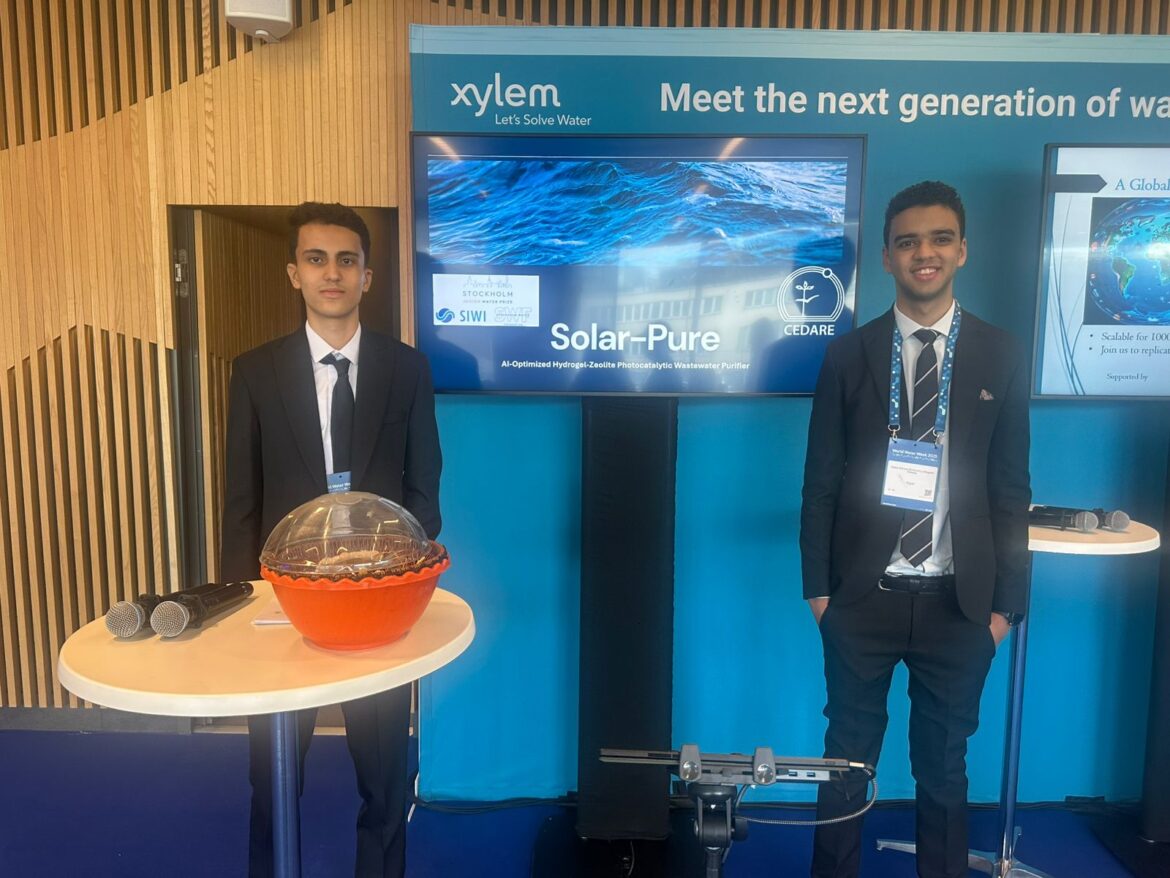As a regional hub for cooperation, the Centre for Environment and Development for the Arab Region and Europe (CEDARE) plays a pivotal role in encouraging innovation in the water sector. By providing scientific mentorship, technical support, and a platform to empower young talents, CEDARE enables youth to develop sustainable solutions to address urgent water challenges.
Through the Stockholm Junior Water Prize – Egypt (SJWP-Egypt) program, CEDARE supported students Adam Ahmed El-Hussiny Salama and Ahmed Hosny Eldeeb in developing their innovative project: the AI-Optimized Hydrogel–Zeolite Photocatalytic Wastewater Purifier. This low-cost, solar-powered system combines hydrogel desalination, zeolite adsorption, and photocatalysis to provide clean water in resource-limited communities.
From National Competition to International Stage: A Historic Achievement for Egypt
In 2025, Egypt is participating for the first time in the international finals of the Stockholm Junior Water Prize (SJWP). This milestone marks Egypt’s debut in one of the world’s leading youth competitions in water innovation, representing a significant step forward in youth-led innovation in Egypt and the wider region.
The two Egyptian finalists are currently in Stockholm, taking part in World Water Week 2025, where the People’s Choice Award voting has concluded. The winners of both the main SJWP Prize and the People’s Choice Award will be announced on August 26, 2025, at 18:30 CEST at the Royal City Hall in Stockholm.
About the Students’ Project: Hybrid Hydrogel–Zeolite–Photocatalytic Purifier
The Egyptian finalists presented an innovative solar-powered hybrid purification system that combines three main processes:
• Hydrogel-based solar desalination: Poly(sodium acrylate) embedded in natural loofah with polyaniline, achieving an evaporation rate of ~2.8 kg/m²·h, 75% salt rejection, and rapid hydration (swelling ratio 4.22 within 30 seconds).
• Synthetic Zeolite A (derived from kaolinite): Demonstrated high efficiency in removing heavy metals and reducing chemical oxygen demand (COD) by 90% within 30 minutes, outperforming natural zeolite.
• Photocatalysis using TiO₂ with g-C₃N₄: Enabled degradation of organic pollutants with 77.5% efficiency under sunlight.
This integrated process—combining coagulation (alum and moringa), zeolite filtration, and hydrogel distillation—offers a low-cost solution (under $15/m²) that is resistant to salt fouling and scalable for wider application. The system also includes an ESP32-based monitoring unit, with future plans to integrate a self-learning AI controller for real-time water quality optimization.


